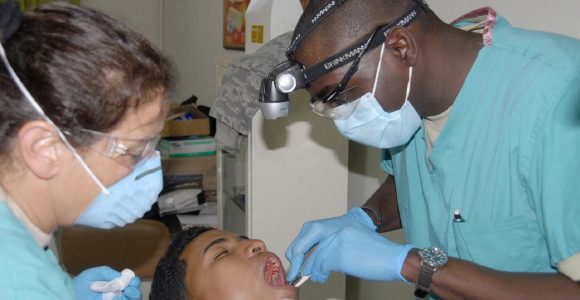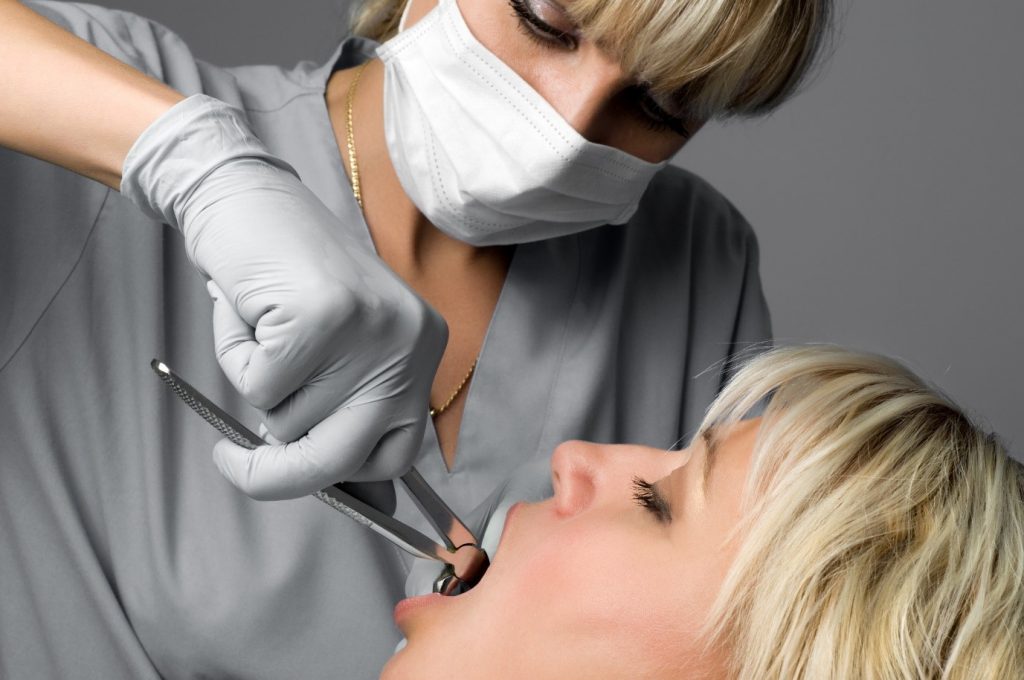Every minute counts


Being able to rely on a dentist to look after them during an emergency following an accident or as a result of intense pain gives patients a sense of comfort and relief when it comes to their overall dental care.
This is why it is so important to have a reliable emergency dentist in Southgate who will be able to fit their patients in at the earliest convenience and at all times possible, mainly this means on the same day.
In real emergencies, where a tooth has been knocked out or a person is in such pain that they cannot function normally, this is absolutely essential so that the patient is able to use their mouth again as quickly as possible.
There may also be a chance that knocked out tooth can be reinserted given that the tooth has been handled correctly and that it is dealt with within a certain timeframe.
An avulsed, or knocked out tooth, should not be immersed in water, but rather a saline solution, milk or saliva should be used to keep the teeth clean and moist. If a patient is able to place the tooth back into the socket, then this is a suitable option that can be taken whilst they are taken to the dentist. Should the tooth not fit nicely into the socket, then holding the tooth between the gum and cheek is another option.
It is not always advisable that children do this, as there is a great chance that they may accidentally swallow the tooth when not paying attention. They do however have the best chances of successful reinsertion, but adults do have promising chances as well.
Baby teeth are unable to be reinserted into the mouth, however this does not mean that a trip to the dentist is not necessary. There may be negative repercussions if the tooth was avulsed too early.
What is the procedure for reinserting a tooth?

If a tooth is able to be saved, a dentist will firstly ensure that the socket is flushed free of any debris that could be the cause for infection later on. Some reinsertion procedures are straightforward, and others are more complicated, especially if the tooth is cracked or damaged.
The dentist will then slip the tooth back into the socket and splint it on either side with some kind of soft wire material to keep it in place for several days.
It depends on a patient’s personal situation and is left up to the decision of the dentist when the best time is to visit them again. A patient may be expected to present themselves again to the dentist in a week or if should they experience swelling or a sign of infection before that.
In any case, after 3 to 6 months, a further examination will be required to determine whether the tooth has begun to reimplant successfully or not. During biannual check-ups, a dentist will be able to monitor the progress, so it is essential that patients attend these visits to ensure everything is going as planned.



